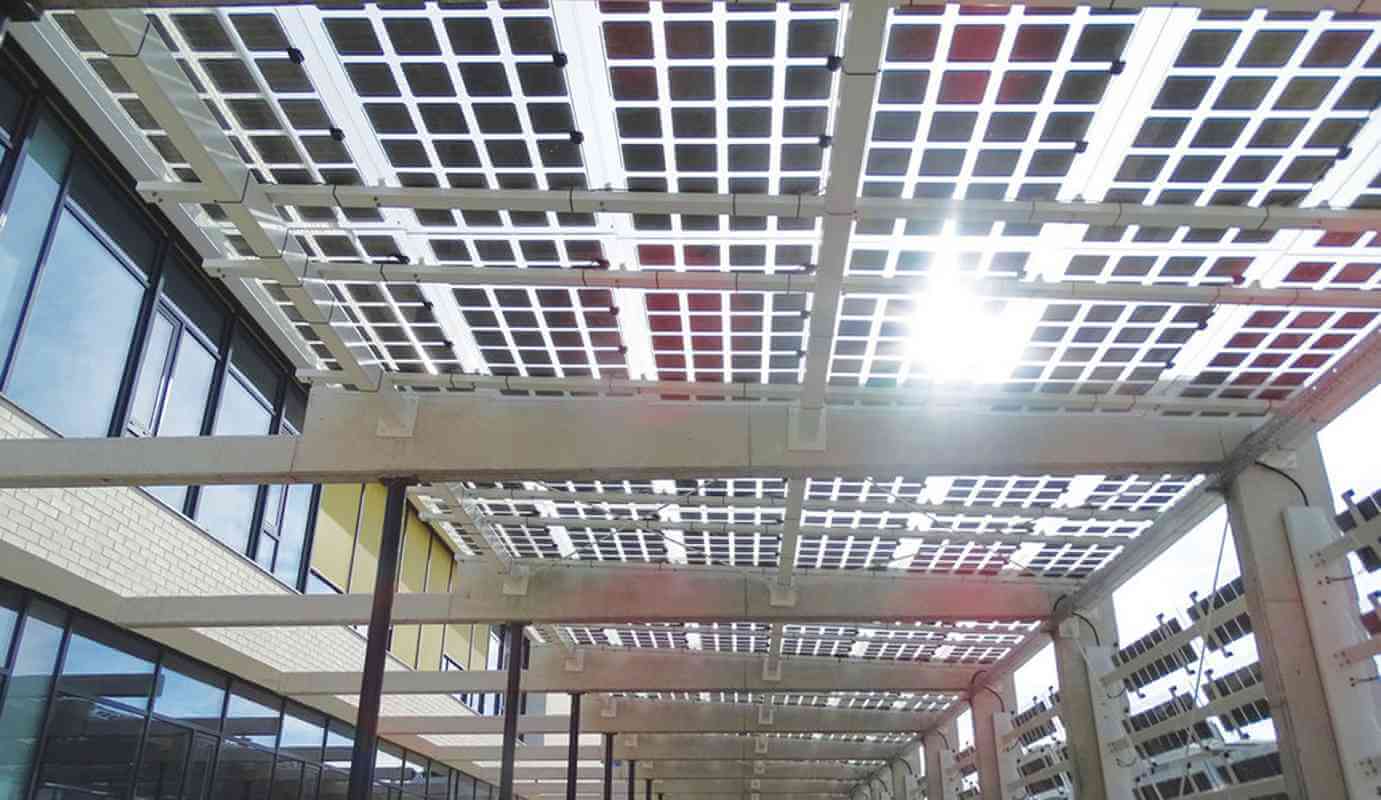Canada is devising means that will enable it to achieve a greener future by reducing its carbon emissions to net-zero by 2050. They are focusing on buildings that amount to 13% of the country's total greenhouse gases. This has been made possible by looking for innovations that would convert buildings from consumers of energy to generators of energy, thus reducing dependency on the high-carbon grid.
Building-integrated photovoltaics: This is an emerging technology introduced in urban Toronto that has the potential to greatly increase green energy in this town.
They are normally integrated into the cladding of the structures and may not affect the architectural integrity of the building.
In urban areas, space has been an issue when it comes to the generation of solar energy, coupled with the unaesthetic look. The BVIP has been able to find a roofing solution for this problem. They have been able to find a use for unused areas such as single-family home's roofs and tower facades, enabling them to play a key role in the generation of electricity.
The BVIP panels used in cladding come in a variety of sizes and shapes and almost seamless edges that do not limit the creativity of the architect. They are also able to match the traditional styles of roofing, allowing single-family homeowners to produce electricity for their own consumption and as well reduce their carbon footprint. This may enable homeowners to produce green electricity without affecting the look of their homes in comparison to solar panels.
The BVIP maintenance is also considerably low, for it does not require anti-soiling coatings compared to the traditional solar panels in order to avoid dust. The panels also contain frameless modules that play a key role in increasing the surface area for the generation of electricity. It can also be integrated with existing roofs.
BVIP solar cells are made using monocrystalline silicon, which is durable, thus extending their life spans. They are then mounted on a honeycomb structure made up of lightweight aluminum that is also durable. They do not require special installations and can be installed using the prior traditional means. In addition to its durability, it also comes with a 30-year warranty.
The large-scale adoption of BVIP roofing and cladding will go a long way in reducing the carbon footprint in urban areas. It is estimated that a 30-story building cladded in BVIP may be able to generate 450,000 kWh of electricity, thereby mitigating in a year about 300 metric tons of carbon.
BVIP is, therefore, able to turn the world into a greener place while still maintaining an aesthetic effect.
